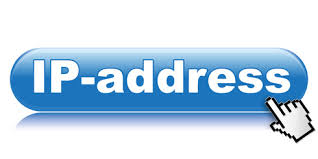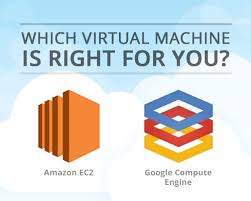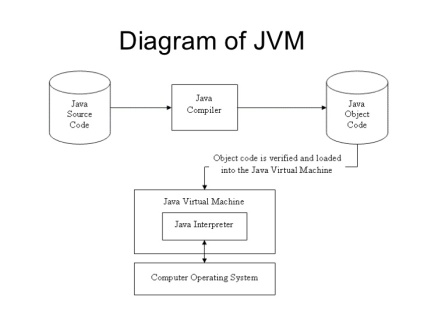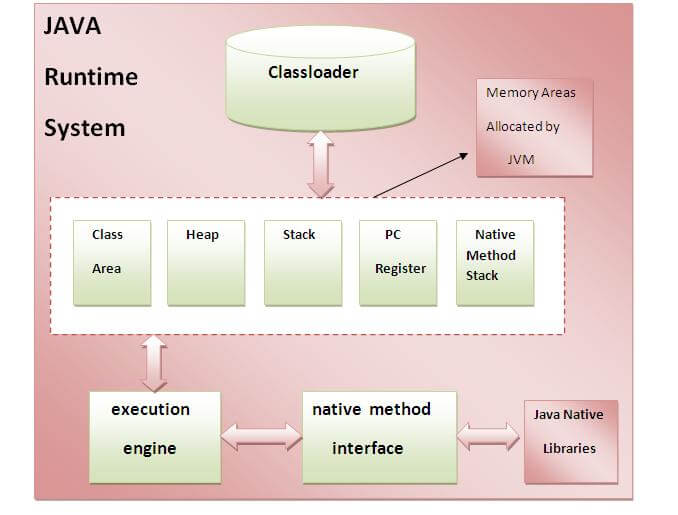We are getting many requests through emails, messages and on social media people are very much confused asking about how there passwords gets encrypted , and how does this encryption works, what are the algorithms used behind this encryption. So here i am going to tell you about one of the most widely used algorithm used for encryption known as MD5 or Message Digest Algorithm
Before we proceed to MD5 i want to tell you something about Cryptographic Hashing.
The idea behind cryptographic hashing is to take an arbitrary block of data and return a fixed-size “hash” value. It can be any data, of any size but the hash value will always be fixed.
Cryptographic hashing has a number of uses, and there are a vast number of algorithms (other than MD5) designed to do a similar job. One of the main uses for cryptographic hashing is for verifying the contents of a message or file after transfer.
If you’ve ever downloaded a particularly large file (Linux distributions, that sort of thing) you’ll probably have noticed the hash value that accompanies it. Once this file has been downloaded, you can use the hash to verify that the file you downloaded is in no way different to the file advertised.
The same method works for messages, with the hash verifying that the message received matches the message sent. On a very basic level, if you and a friend have a large file each and wish to verify they’re exactly the same without the hefty transfer, the hash code will do it for you.
Hashing algorithms also play a part in data or file identification. A good example for this is peer to peer file sharing networks, such as eDonkey2000. The system used a variant of the MD4 algorithm (below) which also combined file’s size into a hash to quickly point to files on the network.
A signature example of this is in the ability to quickly find data in hash tables, a method commonly used by search engines.
No security is everything-proof, however and in 1996 potential flaws were found within the MD5 hashing algorithm. At the time these were not seen as fatal, and MD5 continued to be used. In 2004 a far more serious problem was discovered after a group of researchers described how to make two separate files share the same MD5 hash value. This was the first instance of a collision attack being used against the MD5 hashing algorithm. A collision attack attempts to find two arbritary outputs which produce the same hash value – hence, a collision (two files existing with the same value).
For more queries you can comment us below. or you can visit our social media links.
Facebook Group : - https://www.facebook.com/groups/232442010510294/?ref=bookmarks
Facebook Page:- https://www.facebook.com/theprogrammer.harshit
Instagram :- @computerscience321
Before we proceed to MD5 i want to tell you something about Cryptographic Hashing.
Cryptographic Hashing
MD5 stands for Message Digest algorithm 5, and was invented by celebrated US cryptographer Professor Ronald Rivest in 1991 to replace the old MD4 standard. MD5 is simply the name for a type of cryptographic hashing function Ron came up with, way back in ’91.
The idea behind cryptographic hashing is to take an arbitrary block of data and return a fixed-size “hash” value. It can be any data, of any size but the hash value will always be fixed.
Cryptographic hashing has a number of uses, and there are a vast number of algorithms (other than MD5) designed to do a similar job. One of the main uses for cryptographic hashing is for verifying the contents of a message or file after transfer.
If you’ve ever downloaded a particularly large file (Linux distributions, that sort of thing) you’ll probably have noticed the hash value that accompanies it. Once this file has been downloaded, you can use the hash to verify that the file you downloaded is in no way different to the file advertised.
The same method works for messages, with the hash verifying that the message received matches the message sent. On a very basic level, if you and a friend have a large file each and wish to verify they’re exactly the same without the hefty transfer, the hash code will do it for you.
Hashing algorithms also play a part in data or file identification. A good example for this is peer to peer file sharing networks, such as eDonkey2000. The system used a variant of the MD4 algorithm (below) which also combined file’s size into a hash to quickly point to files on the network.
A signature example of this is in the ability to quickly find data in hash tables, a method commonly used by search engines.
Another
use for hashes is in the storage of passwords. Storing passwords as
clear text is a bad idea, for obvious reasons so instead they are
converted to hash values. When a user inputs a password it is converted
to a hash value, and checked against the known stored hash. As hashing
is a one-way process, provided the algorithm is sound then there is
theoretically little chance of the original password being deciphered
from the hash.
Cryptographic hashing is also often used in the generation of passwords, and derivative passwords from a single phrase.Message Digest Algorithm 5
The MD5 function provides a 32 digit hexadecimal number. If we were to turn ‘abc.com’ into into an MD5 hash value then it would look like: 64399513b7d734ca90181b27a62134dc. It was built upon a method called the Merkle”“DamgÃ¥rd structure (below), which is used to build what are known as “collision-proof” hash functions.No security is everything-proof, however and in 1996 potential flaws were found within the MD5 hashing algorithm. At the time these were not seen as fatal, and MD5 continued to be used. In 2004 a far more serious problem was discovered after a group of researchers described how to make two separate files share the same MD5 hash value. This was the first instance of a collision attack being used against the MD5 hashing algorithm. A collision attack attempts to find two arbritary outputs which produce the same hash value – hence, a collision (two files existing with the same value).
For more queries you can comment us below. or you can visit our social media links.
Facebook Group : - https://www.facebook.com/groups/232442010510294/?ref=bookmarks
Facebook Page:- https://www.facebook.com/theprogrammer.harshit
Instagram :- @computerscience321




























